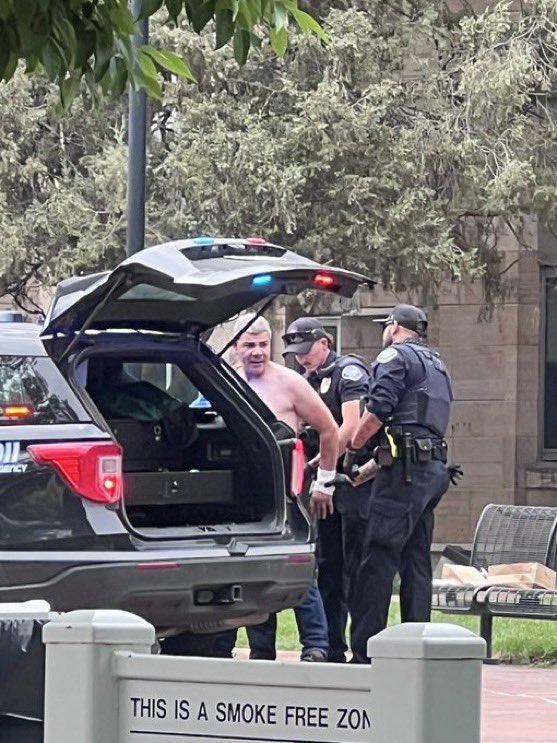🎯 What Happened When Israel Attacked Iran?
In the early hours of June 13, Israel attacks Iran in a major escalation. Precision airstrikes hit Tehran, Natanz nuclear facility, and multiple strategic locations, including missile sites and command centers. This preemptive strike led to massive destruction and the deaths of top Iranian leaders.
This marks the second time this year Israel attacks Iran, highlighting mounting tensions over Iran’s alleged nuclear weapons development.
Video of the attack on our TikTok page
☢️ Why Did Israel Attack Iran’s Nuclear Facilities?
Israeli officials claimed Iran was approaching nuclear breakout capability, prompting this pre-emptive military action. The strike targeted Iran’s uranium enrichment at Natanz, which has long been on Mossad’s radar.
Benjamin Netanyahu called the strike “necessary to prevent a second Holocaust,” while IDF spokespeople confirmed use of long-range missiles and F-35 stealth jets.
💣 Israel Strikes Iran: Who Was Killed?
Among those killed in the Israel strike on Iran:
- Hossein Salami, commander-in-chief of the IRGC
- Mohammad Bagheri, Iran’s chief of staff
- Ali Shamkhani, senior adviser to Ayatollah Khamenei
- Multiple nuclear scientists, including Fereydoon Abbasi and Mehdi Tehranchi
These Iran Israel news developments shocked the region and paralyzed Iranian response capabilities.
🚨 Iran Retaliation After the Israel Attack
Iran responded by launching dozens of drones toward Tel Aviv and Haifa. Most were intercepted by the Iron Dome, while others flew over Jordan and Saudi Arabia. Iran’s Supreme Leader vowed a “crushing response,” fueling fears of an Israel Iran war spiraling into global conflict.
🌎 World Reaction to Israel’s Attack on Iran
World news outlets like BBC, Reuters, CNN, and Al Jazeera rushed to cover the breaking event. In Washington, Trump warned of WW3, while Marco Rubio backed Israel’s “right to defend itself.”
European leaders urged restraint, while UN Security Council met for emergency discussions.
⚠️ Does Iran Have Nuclear Weapons?
Iran denies developing nuclear weapons, but Israeli intelligence claims Natanz and Arak host covert enrichment programs. Netanyahu insists Iran’s nuclear ambitions justify ongoing military surveillance and targeted strikes.
🕰️ What’s Next for Iran and Israel?
Experts warn this is not just a military skirmish—Israel bombing Iran may be the beginning of a full-scale war. With Iran’s response to Israel escalating, and cities like Tehran under threat, the situation could spark wider Middle East conflict, dragging in Hezbollah, Saudi Arabia, and even the United States.

